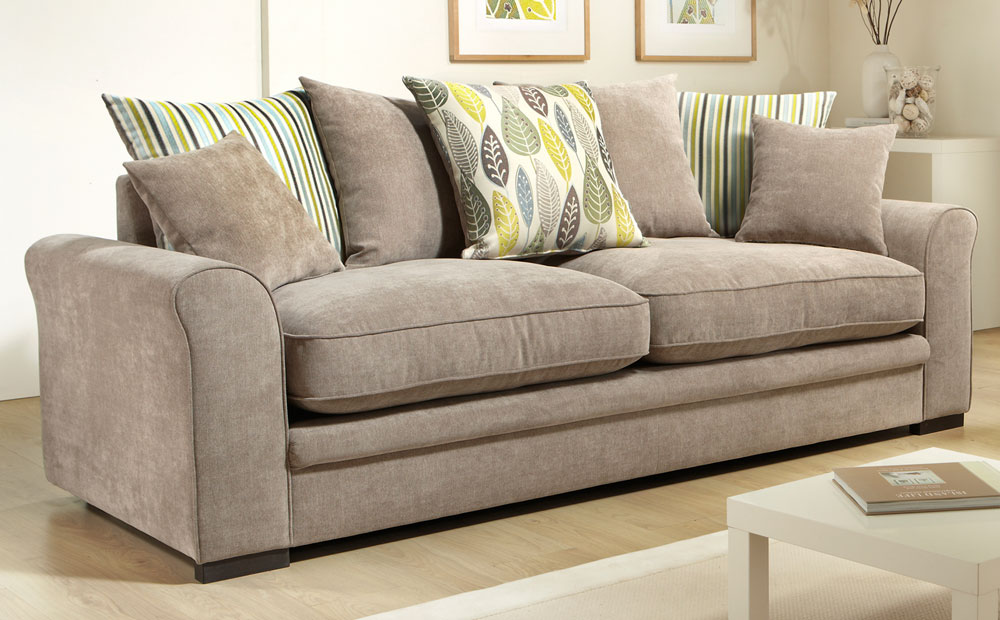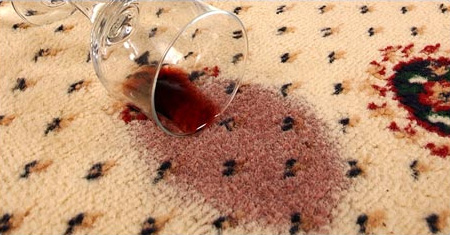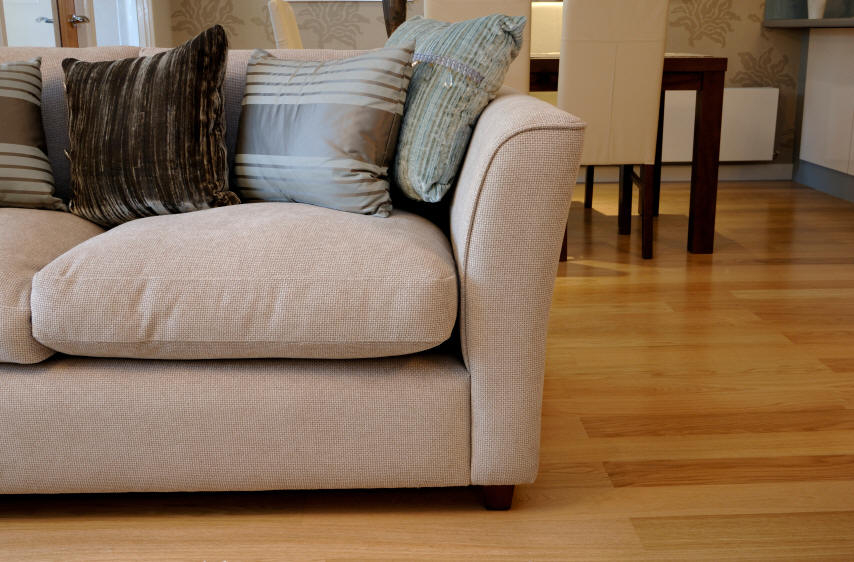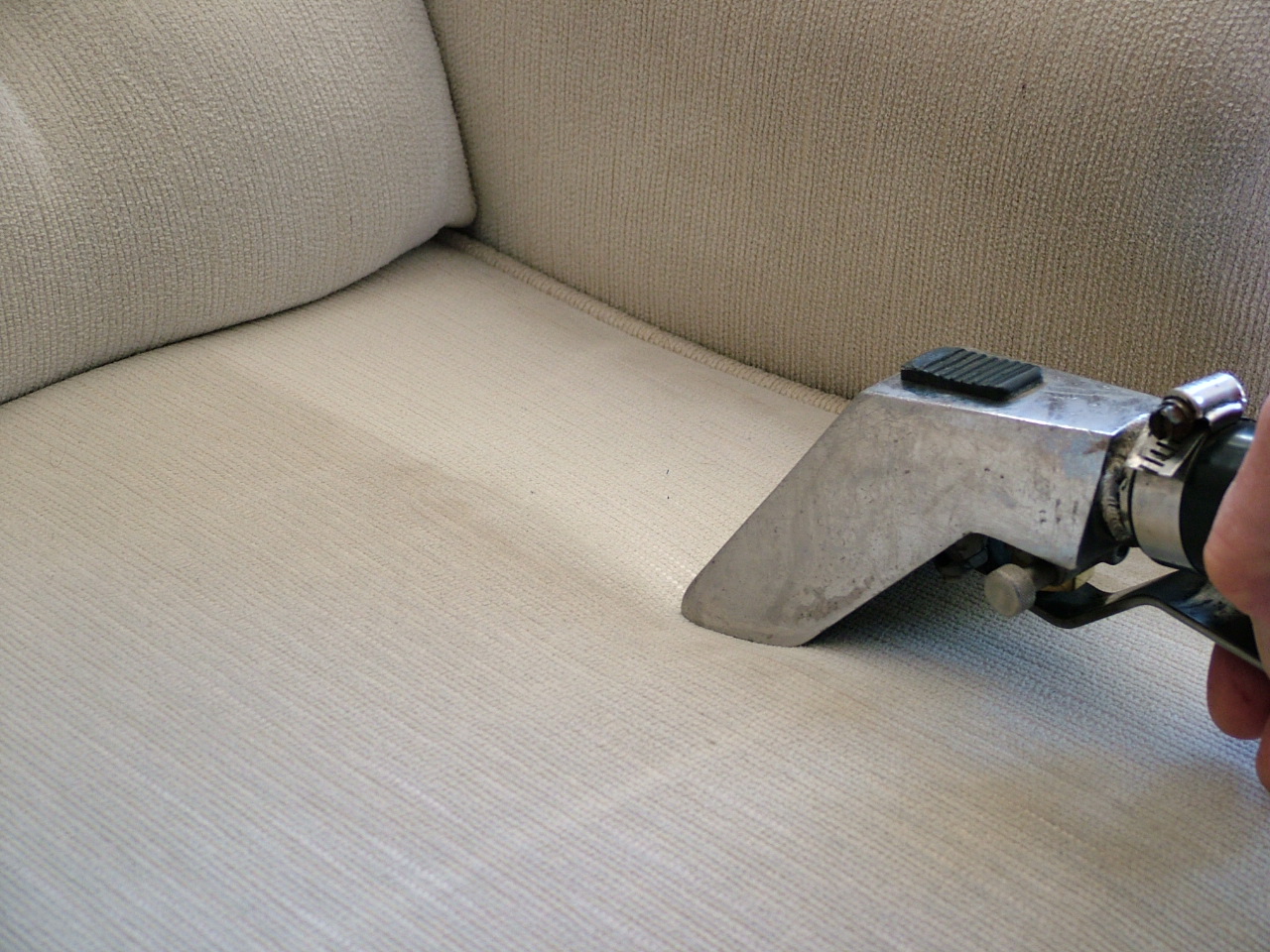How To Care For Upholstery Fabric
With the right maintenance, the furniture which turns a house into a hospitable space can be maintained in mint condition, even with the passing of time. Though it may seem like a difficult task, it pays massively to care for upholstery fabric. It's also possible to avoid damaging the items if some precautionary measures are taken.
Cleaning Problematic Spots
Even if one takes precautionary measures and maintains their furnishings well, accidents are still going to occur. When anything gets mistakenly spilled on the furniture, one can use a folded towel to gently blot away the stain. If the fabric had been pre-treated with a protecting agent, this would be enough to completely remove the blemish. However, some additional cleaning using detergents may be necessary for stubborn stains. In such a case, it would be wise to confirm if it's okay to use solvent or water based cleaners from the manufacturer's guidelines.
Vacuuming
To remove any loose dirt from the surface, the upholstery can be vacuumed at least once a week. This prevents soil from becoming embedded into the material. A soft brush can also be used to softly whisk the loose particles. It's important to ensure that a soft bristled brush is used in order to prevent the fabric from snagging.
Cushions Should be Turned Over
All loose cushions should be rotated and turned over from time to time. This goes into extending the material's life by allowing for evenly distributed wear. It also prevents the immediate formation of indentations. One can also fluff the cushions after cleaning as this helps them maintain their proper shape. In addition, the cushions should be rotated periodically as some seats get used more frequently than others. Rotation goes to ensure uniform usage.
Protecting the Furnishings
One way in which this can be done is to attend to all spills immediately. During the manufacturing process, there's a lot of work that's channelled towards finishing the material. Things such as mildew, soil and water resistant agents are normally used to treat the drapery. This is done to prevent any liquids from seeping into the fabric. However, this doesn't mean that the piece won't need to be cleaned. It's important to pay close attention to the guidelines provided by the manufacturer while cleaning any spills or stains.

How To Properly Care For Upholstery Fabric
Upholstery fabric can create a very decorative and luxurious feel in the home. These materials are also highly functional. Unfortunately, however, coloured upholstery fabric can take on a dingy and faded look if it is not properly tended to. Although there are some furnishings that can be wiped down with a damp cloth, these will need special care in order to remain looking their very best.
Cleaning Up Spills
With upholstered items, the first thing that you want to do when spills occur is to use a kitchen towel to blot up the excess liquids.
Spills can penetrate the upholstery fabric and the underlying foam deeply. This makes it important act fast and to use cloths that are highly absorbent. The more liquid that you can get up, the less damage you will invariably see. If stains are allowed to seep in and set, their colours will eventually bleed back up through the upholstery fabric, irrespective of how diligent you've been in treating these surfaces.
After you have blotted up all of the excess liquid, do not use a dryer or any other heat source to attempt to dry the area rapidly. This can cause the stains to set. It may even result in shrinkage, lending an ill-fitting and unnatural look to the upholstery fabric overall. Damages such as these cannot be undone.
Blotting can be the primary strategy for light stain removal. You have the option of wetting your towel once the area becomes too dry, if a portion of the stain remains. If you have a stain removal solution that is appropriate for the fabric, you can mix this with the water that you are saturating your towel in and should continue blotting while using this. All spills and smudges should be dealt with in a similar fashion.
Contacting An Upholstery Fabric Specialist
Speaking with an upholstery specialist is a good idea. Different strain treatment techniques may not work well on all fabrics or on all stain types. This professional can recommend the best removal techniques and care for the type of fabric you own. If stains are too deeply set in, it may be necessary to have the upholstery fabric replaced entirely. This professional can take care of this work for you or can offer you advice on how to do the job correctly on your own.


